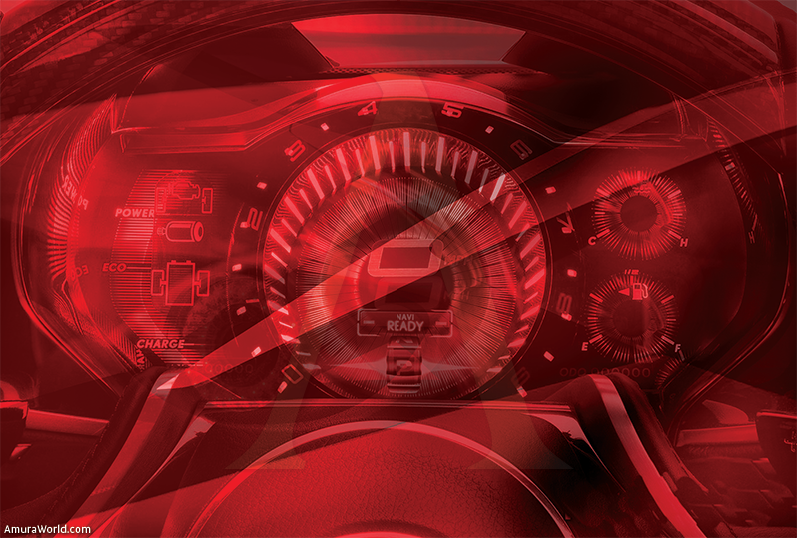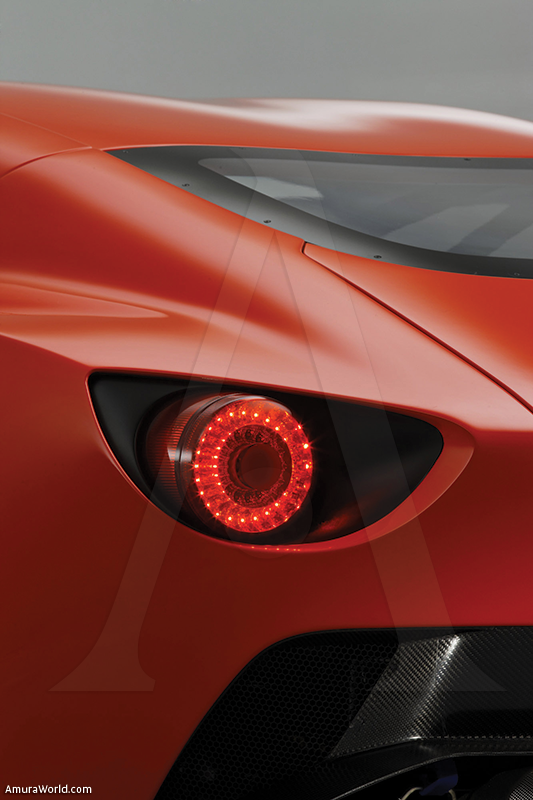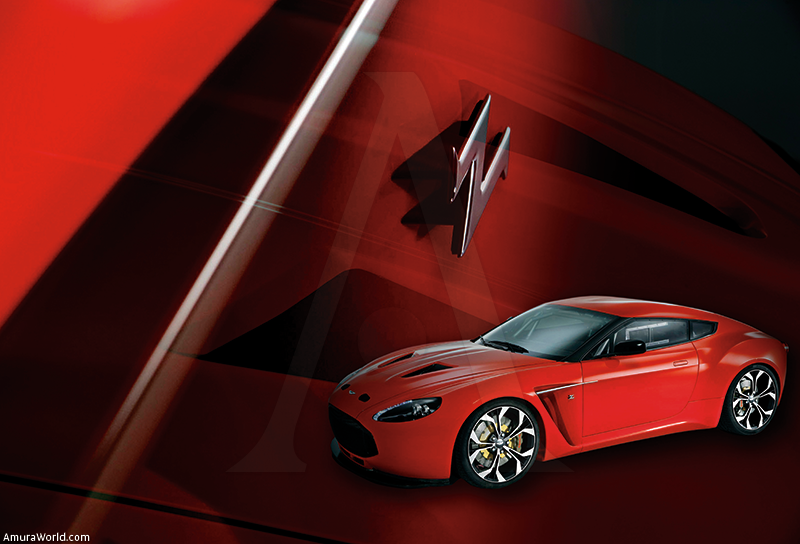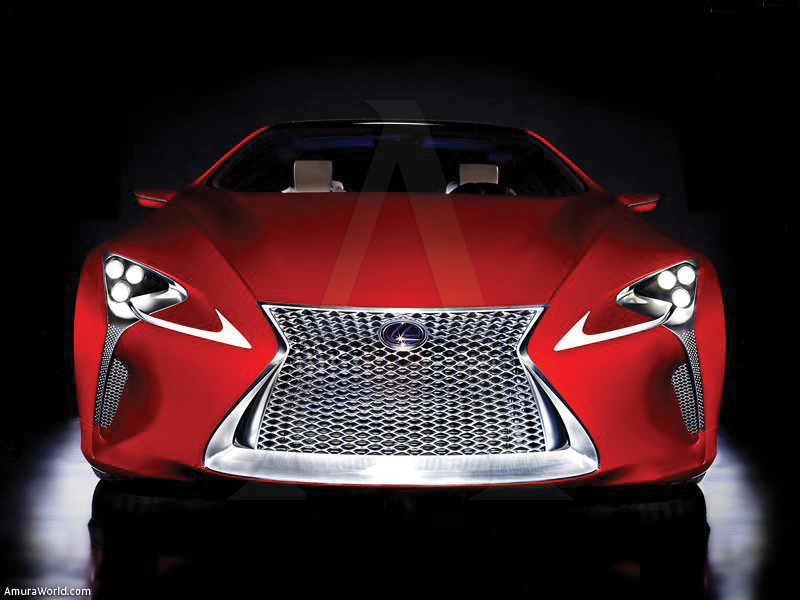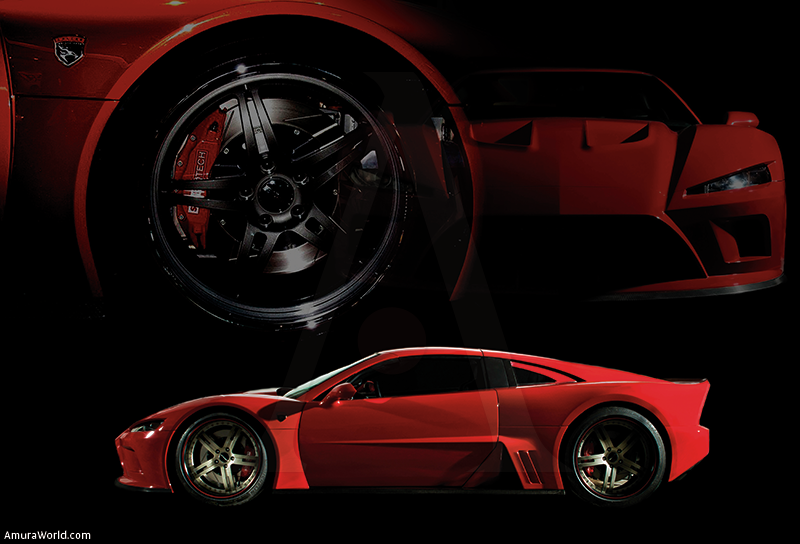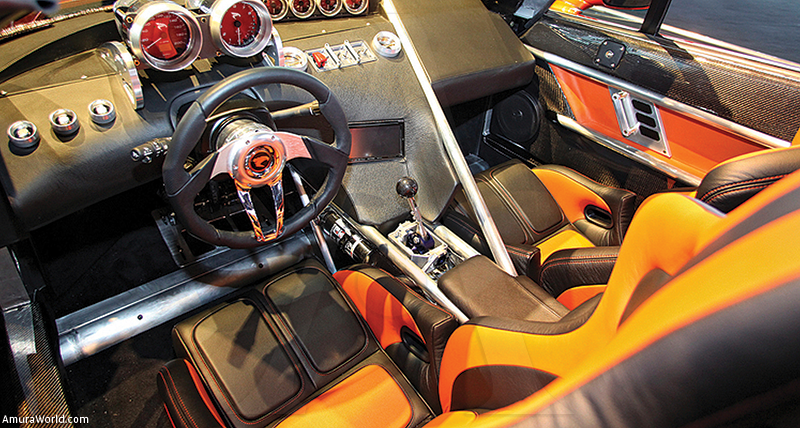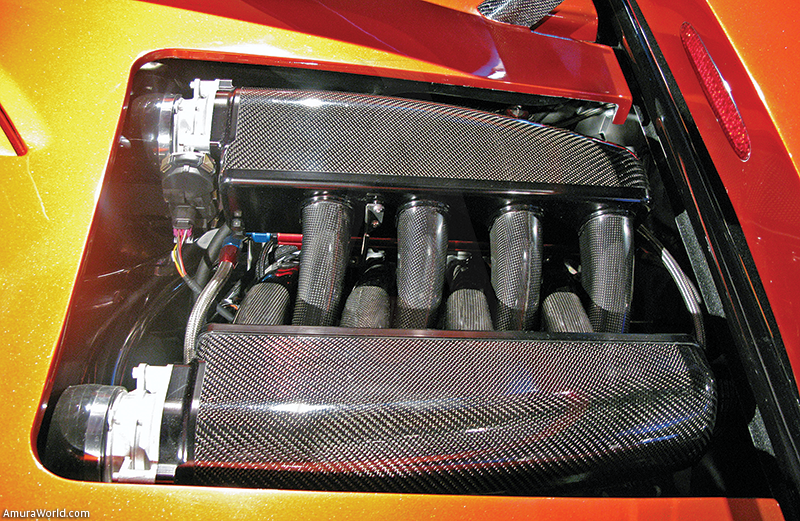{socialbuttons}
Undoubtedly, the year begins in an exciting way for the speed lovers. The most prestigious car manufacturers in the world draw upon events such as the Detroit Auto Show or the Concours d’Elegance in Kuwait to dazzle the world with their new launches.
Aston Martin once again joins forces with the Italian Zagato factory in order to create a car that represents the specimen that will serve as a model for future releases. With legendary predecessors behind him, the Zagato V12 incorporates aspects not only of cars from the immediate past, but also the manufacturing from which Zagato has earned its reputation.
Meanwhile, the Lexus LF-Lc seeks to demonstrate the American quality in terms of creation and production of supercars. With an exterior that denotes aggression and modernity, the LF-Lc also offers betterments in it, such as improvements in the instruments and easy access to each function of the panel.
Last but not least, a new competitor enters the arena of supercars. Mach7 Supersports launches the Falcon F7, a car whose style is reminiscent to classics like the Dodge Viper, and yet shows a distinct identity that combines a sporty character with the comfort of a luxury car.
Aston Martin V12
Zagato
Aston Martin seeks to pay tribute to DB4GT Zagato, which was introduced in 1960, and represented a twist to this classic model, by incorporating improvements in the Zagato factory in Italy, specifically to reduce the weight of the car. From this collaboration, others emerged that resulted in tests that would be true legends like the V8 Vantage Zagato and the DB7 Zagato.
Now the Zagato V12 looks to continue the tradition, and incorporates elements of the latest V12 Vantage to those of its predecessors. This piece of automotive work demonstrated its capabilities in front of 200 thousand spectators on the legendary Nürburgring Nordschleife.
The production craftsmanship is one of the highlights of this car, made with hand-forged aluminum and carbon fiber body, Aston Martin’s classic alloys. It also has a six-speed gearbox, ceramic brake system and 19-inch aluminum tires made exclusively for the car.
In its bowels there is, as its name implies, a 6-liter V12 engine, which delivers a power of 510 Hp and 570 Nm of torque. With this capability, it can go from 0 to 100 km / h in 4.2 seconds and reach a speed of 306 km / h.
Specifications
Engine
V12, 6 lt.
Displacement
510 Hp.
Maximum Speed
306 km/h.
Lexus LF-Lc
Before its official launch, rumors in the automotive world about the Lexus LF-Lc increased due to the images that had been leaked across the web. And it was not until its presentation at the Detroit motor show that a point to detail observation the new family member could be made.
The LF-Lc was designed in the Calty Lexus studio in Newport Beach, California, and its shell foresees the pattern that Toyota’s luxury line will continue for their following models, bringing together elements of the LF-A and GS 350.
The car lines generally emphasize direction and movement. The front grille looks aggressive, with details like two air intakes at their lower ends, the elongated hood and L-shaped running lights, as well as vertical fog lamps that give a sense of movement. The rear lamps are inspired by a jet design with the same light pattern than the front.
The interior features state-of-the-art technology, enabling a driving experience much more harmonious. A touchscreen panel allows operating the audio system controls or air conditioning without changing position or altering the line of sight. The cabin has two 12.3-inch LCD screens that provide information and a navigation display.
Meanwhile, the predominant decoration is a harmonious composition of leather and suede, with details of metal and wood, while the seats inspired by the style of racing cars are lightweight and comfortable. Although Lexus hasn’t revealed the specs for the LF-Lc, it is expected that its innovations be incorporated in the future car series from the Japanese company.
Falcon F7
Car manufacturer Mach7 Motorsports presented what they claim will be the U.S. flagship in the relentless race to be the best sports car. The Falcon F7 is the first chassis produced entirely by the company, which until now had dedicated only to the Dodge Viper aftermarket.
The Falcon F7, which boasts lines of a racing car, has a body composed of carbon fiber, and a chassis made with an alloy of the same material and aluminum.
Despite its sportsmanship, handmade interiors are adapted for use in town. The details on the leather seats are made by Venzano, who is also responsible for creating the interiors of the Viper. The car features include a Targa top, keyless start, Bluetooth and iPod connection, power windows and air conditioning.
The power of the car is based on its 7-liter V8 engine that produces an output of 620 Hp, with which you can accelerate from 0 to 100 kilometers per hour on average 3.3 to 3.6 seconds. Its 6-speed gearbox sends this energy to the rear tires of 20 inches, connected to an independent suspension. It has also drilled and slotted brakes that provide optimal grip on the road.
Specifications
Engine
V8, 7 lt./
Displacement
620 Hp.
Maximum Speed
322 km/h.
Text: Gustavo Pérez ± Photo: Cortesía de las Marcas

